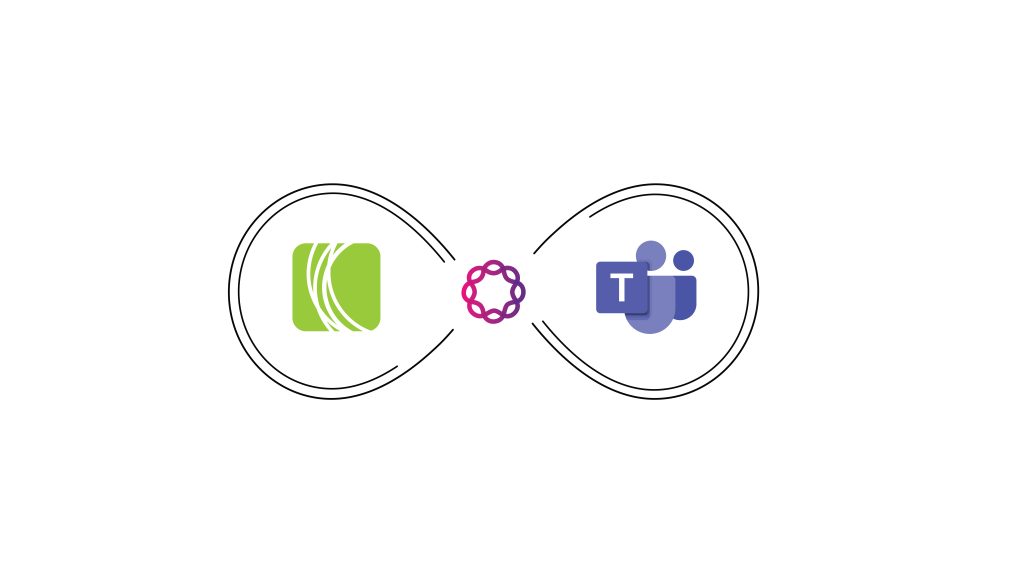The workplace is changing rapidly. With a new “digital native” generation of increasingly remote employees, the demand for modern communication technologies has never been higher. Businesses are faced with the challenge of providing an effective collaboration solution that’s seamless, flexible, and most importantly, secure.
A variety of forces affect how today’s employees collaborate and communicate.
1. Hybrid work
57% of SMB decision makers who increased remote working as a result of social distancing said they will likely maintain this work model long term.(1) The same percentage plans to increase budgets to better equip their hybrid workforce.(2)
2. Growing cohort of digital natives
75% of workers will be millennials by 2030.(3) These digital natives expect to collaborate at work using the same video, messaging, and social technology they use at home.
3. Contingent workforce
73 % of hiring managers plan to continue or increase their use of independent contractors and freelancers,(4) requiring integrated tools to enable seamless collaboration from anywhere, on any device, for teams to stay connected.
4. Changing customer expectations
80% of consumers are more likely to purchase from a company that delivers personalized experiences(5)—which requires effective collaboration among business units.
5. Disruptive technologies
96% of SMBs rated collaboration as a high priority for IT in 2021, second only to cloud initiatives.(6) These firms view collaboration software solutions and hardware devices as core components to their overarching digital transformation efforts.
What it takes to succeed in the new hybrid work environment
The modern workplace is transforming faster than ever before! To get ready, here are top considerations to help you drive effective collaboration in the rapidly evolving hybrid work era.
Flexibility: Great collaboration has no boundaries. Regardless of location, time zone, language, or device, make sure your solution is adaptable to a wide range of work styles, roles, and work environments.
Inclusivity: Groups work better when everyone can enjoy an equal experience. The tools you choose should ensure that everyone is included in decision-making and has easy access to key information and content.
Supportiveness: As we embrace a hybrid work model, it is easy for boundaries to become blurred and workers to feel fatigued. Your collaboration solutions should provide workers with the ability to own their own time and work the way they want to work to ensure a healthy work- life balance.
Security: Collaboration technology must be secure by design, protecting data and employee privacy by default. End-to-end encryption and built-in compliance will give you peace of mind knowing that your teams can meet and collaborate securely and privately.
__
- SMB Owners study, Intermedia Cloud Communications, March 2020;
- SMBs: Navigating a Path Forward, SMB Group, 2020.;
- U.S, Bureau of Labor Statistics;
- Upwork’s Freelance Forward: 2020 study;
- Epsilon Research, 2018;
- Techaisle’s SMB and midmarket collaboration survey, 2021












